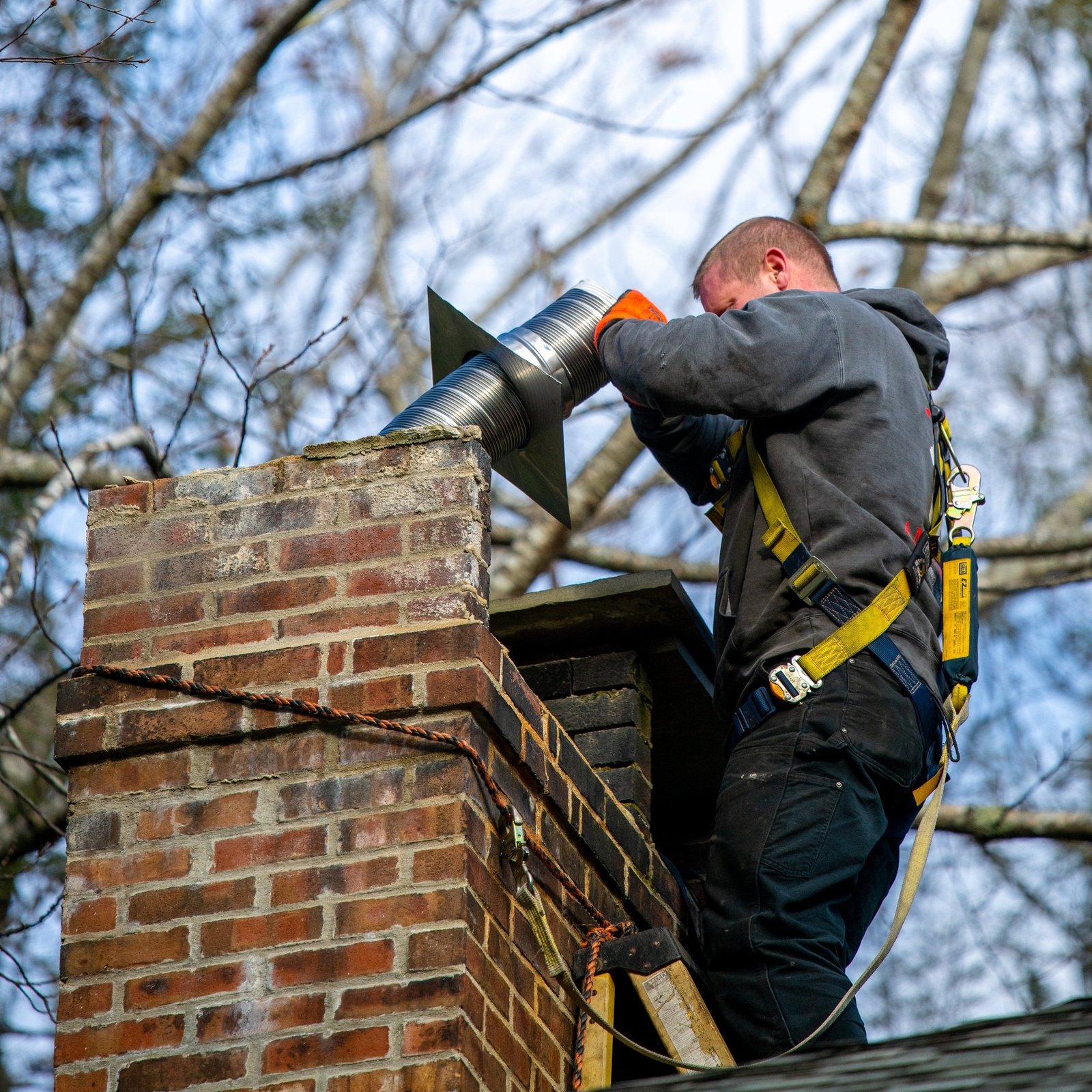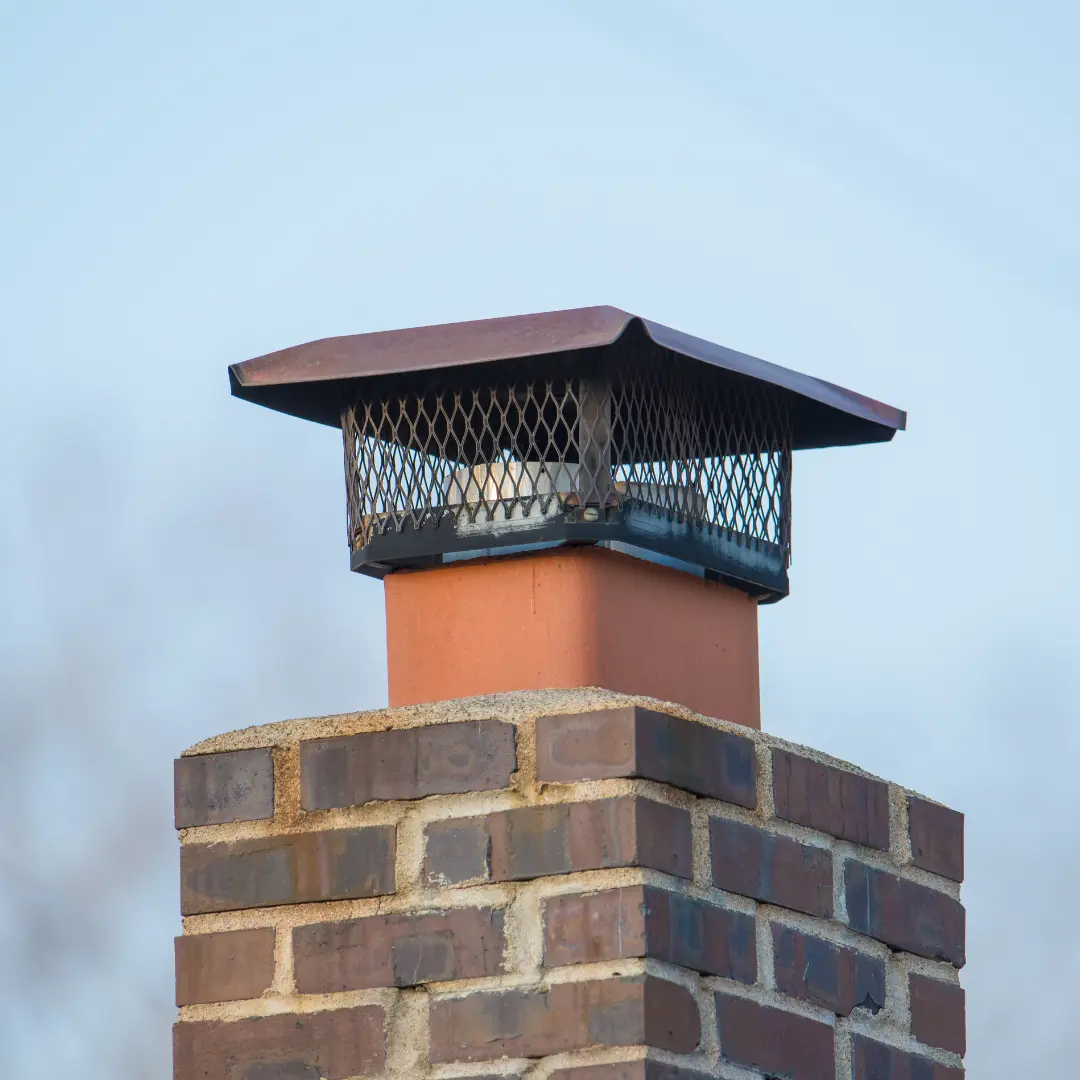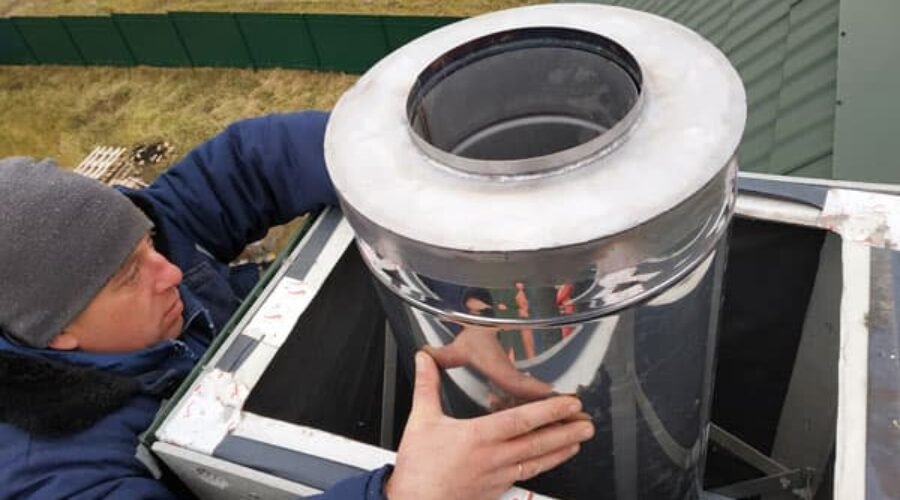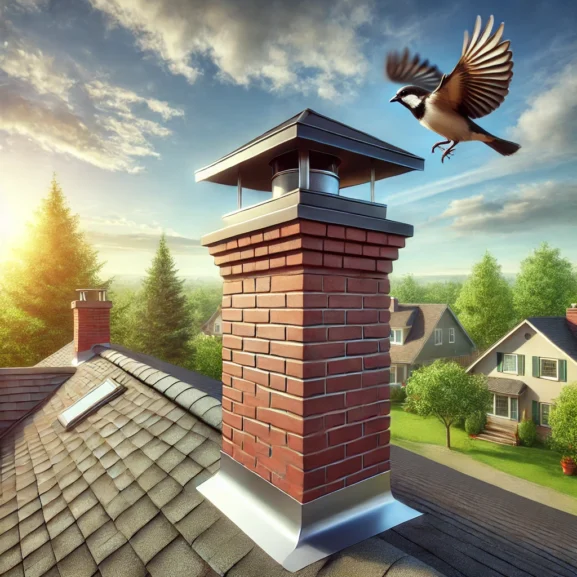Protect Your Home: Stop Flue Gases Leaking into the Living Area for Better Air Quality
Imagine sitting in your living room, cozy and warm, only to realize that invisible flue gases are silently seeping into your space. It’s a chilling thought, yet a reality many homeowners face without even knowing it. Flue gases, byproducts of combustion from heating appliances, can pose serious health risks when they leak into our homes.
In this text, we’ll explore the causes behind these leaks and the potential dangers they present. We’ll also discuss how to identify signs of leakage and the steps to take for prevention. Understanding the risks and solutions can help us ensure our homes remain safe and healthy environments. Let’s jump into this critical issue and arm ourselves with the knowledge to protect our living spaces.
A Comprehensive Guide to Flue Gases

Understanding flue gases is key to keeping our living areas safe from hazardous leaks. Flue gases are the byproducts of burning fuels in appliances like your furnace, water heater, and stove. If leaks occur, they negatively impact indoor air quality, creating health risks for us and our loved ones. It’s no trivial matter; even small leaks can lead to significant issues.
Detecting Flue Gas Leaks
Detecting leaks early prevents bigger problems. We recommend installing gas detection devices as a proactive safety measure. Think of them as detectives for your air quality. Remember, smoke detectors are great but don’t catch everything!
Safety Measures
Implementing safety measures ensures our homes remain healthy zones. Regular chimney inspections block those sneaky flue gas escapes and help maintain living area safety. We advise against the DIY route because improper handling can exacerbate ventilation issues.
Ventilation and Prevention
Good ventilation resolves a lot of concerns. Always ensure appliances are correctly vented to the outside. Routine checks and maintenance by professionals stop flue gas before it causes harm. Residents often face unique weather challenges, impact chimney conditions. We can help with professional inspections and maintenance.
Causes of Flue Gases Leaking
When flue gases sneak into our living space, they can compromise indoor air quality and pose serious health risks. Let’s explore the common culprits behind these leaks.
Faulty Installation
Poor installations, our least favorite, often lead to serious chimney hazards. Incorrect positioning or mismatched flue dimensions can allow gases to escape into the home. It’s crucial to employ certified professionals for installation. We know DIY might be tempting, but ensuring safety takes precedence.
Blockages in the Flue
Blockages, such as bird nests, leaves, or creosote build-up, create pressure that pushes flue gases into the living area. Regular chimney inspections are key safety measures for spotting these issues early. Timely removal of obstructions prevents dangerous leaks. Seasonal cycles can exacerbate these blockages; hence, ongoing professional check-ups are essential.
Cracks and Wear
Cracks in the chimney structure or flue liner let harmful gases seep into your home. Over time, weather conditions can worsen these fissures. Routine maintenance can identify and address these wear issues, ensuring living area safety. Prompt action keeps the chimney functional and reduces health risks. Remember, friends don’t let friends ignore cracks—schedule your check-up with us.
Signs of Flue Gas Leaks
Let’s explore key indicators of flue gas leaks in your home. Recognizing these signs can protect your family from potential health risks and maintain indoor air quality.
Unusual Smells
Strange odors can mean big trouble. Rotten egg or chemical smells may signal flue gas leaks. These odors often result from combustion byproducts like sulfur. Instead of glossing over them, call for help right away. They can indicate serious ventilation issues.
Health Symptoms
Flue gas leaks might be causing headaches and dizziness. Carbon monoxide, an invisible pollutant present in these leaks, is the culprit. Symptoms of prolonged exposure include fatigue and nausea. If everyone at home feels unwell without a clear reason, it’s a red flag. Ask for professional help by reaching out to certified professionals. Remember, safety first.
Visible Soot or Stains
Soot marks are not just dirty—they’re warning signs. Black, greasy stains around the chimney or heating appliances can indicate leaks. Regular chimney inspections can help prevent these stains. Keeping your living area safe and clean ensures chimney hazards don’t disrupt your peace.
If you notice any of these signs or want to avoid them altogether, schedule a free consultation with us. Our experts are ready to keep your home safe and sound.
Health Risks Associated with Flue Gas Leaks
Flue gas leaks pose serious health risks that everyone should know about. These gases, which often include carbon monoxide and sulfur dioxide, can seep into your home and affect indoor air quality. Even a tiny leak can lead to big problems.
Immediate Health Effects
- Headaches and Dizziness: You might feel lightheaded after a short time exposed to flue gases.
- Nausea and Fatigue: Feeling sick or overly tired can be a sign of poor ventilation.
- Respiratory Issues: These gases can cause breathing problems, especially for those with asthma.
- Chronic Respiratory Damage: Long exposure can harm your lungs over time.
- Heart Problems: Studies show that inhaling flue gases might affect your heart health.
To stay safe, we recommend regular chimney inspections to catch leaks early. Remember, our professional team has the expertise to find and fix these issues. So, let us handle those flue gases—after all, we don’t want your living room smelling like a science experiment gone wrong.
Stay informed and safe by checking the CSIA’s recommendations.
Prevention and Safety Measures
Efficient prevention of flue gas leaks safeguards our indoor air quality and minimizes health risks. Regular maintenance, proper ventilation, and installing safety devices keep our living areas safe.
Regular Maintenance
Chimney inspections are crucial to preventing leaks and ensuring safety. Certified professionals spot chimney hazards and structural issues early. Seasonal weather changes can affect chimneys. Regular check-ups are a must.
- Schedule twice-a-year inspections
- Remove debris and blockages
- Repair cracks promptly
Don’t wait for issues to arise, proactive care is key. Reach out to certified professionals for a consultation. Visit NFPA for chimney safety tips.
Proper Ventilation
Proper ventilation prevents flue gas accumulation indoors. It plays a role in improving living area safety. In well-ventilated spaces, gases escape rather than linger, reducing ventilation issues. For proper ventilation, observe the following:
- Install exhaust fans
- Open windows regularly
- Ensure HVAC systems operate efficiently
Homes benefit from seasonal ventilation adjustments. A little fresh air goes a long way.
Installing Safety Devices
Gas detection devices are vital to alert us of leaks quickly. These advanced safety measures add a layer of protection. Installation of safety devices involves:
- Carbon monoxide detectors near heating appliances
- Regular testing of detectors
- Consider smart gas sensors for real-time monitoring
Let devices be your safety net. Knowing your alarm isn’t trying to start a dance party at 2 a.m. brings peace of mind. For expert advice and installation, contact us.

How to Protect Your Home from Flue Gas Leaks
Addressing flue gas leaks is crucial for ensuring the safety and health of our homes. By staying vigilant and proactive, we can protect our families from the harmful effects of these invisible threats. Regular professional inspections and maintenance are key to preventing leaks, while gas detection devices offer an added layer of security. Let’s commit to safeguarding our indoor air quality by understanding the risks and taking the necessary precautions. Remember, a safe home is a healthy home, and we’re here to help you every step of the way. Reach out for a free consultation and explore resources from NFPA and CSIA to enhance your fire safety knowledge.
Frequently Asked Questions
What are flue gases?
Flue gases are byproducts of combustion that occur when using heating appliances. These gases can include potentially harmful substances such as carbon monoxide, which can pose serious health risks if they leak into the home environment.
What causes flue gas leaks?
Common causes of flue gas leaks include faulty installations, blockages like debris in the chimney, or structural cracks. These can allow gases to escape into living spaces, compromising indoor air quality and posing health hazards.
What are the health risks of flue gas leaks?
Flue gas leaks can cause immediate health effects such as headaches, dizziness, nausea, and respiratory issues. Prolonged exposure can lead to chronic conditions like lung damage and heart problems, highlighting the importance of addressing leaks quickly.
How can I detect a flue gas leak in my home?
Indicators of a flue gas leak include unusual smells, such as rotten eggs or chemical odors, and health symptoms like headaches and dizziness. Visible soot or discoloration around chimneys or heating appliances can also signal a leak.
How can I prevent flue gas leaks?
Preventing flue gas leaks involves regular chimney maintenance, proper ventilation, and installing safety devices. Schedule chimney inspections twice a year, remove blockages, repair any structural cracks, and install detectors like carbon monoxide alarms to ensure safety.
Why is professional inspection important for preventing flue gas leaks?
Professional inspections are crucial as they identify potential risks that DIY inspections might miss. Certified professionals can provide accurate assessments and recommendations, ensuring heating systems are safely maintained to prevent flue gas leaks.
Is DIY inspection of flue systems advisable?
DIY inspections are not recommended due to the complexity and potential safety hazards involved. Professional inspections by certified technicians ensure thorough and accurate evaluations, reducing the risk of undetected leaks.
How often should chimney inspections be performed?
It is recommended to schedule chimney inspections at least twice a year. Regular inspections can identify issues early, help maintain effective ventilation, and ensure the safe operation of heating systems.
What role does ventilation play in preventing flue gas leaks?
Proper ventilation helps disperse flue gases and prevents them from accumulating indoors. Ensuring that exhaust fans are functional and maintaining open windows when necessary can significantly reduce the risk of leaks affecting indoor air quality.
What steps should I take if I suspect a flue gas leak in my home?
If you suspect a flue gas leak, evacuate the area immediately and call a professional for inspection. Do not attempt repairs yourself. Ensure you have gas detection devices installed, and if they alert you to a leak, take action right away to protect your health and safety.


